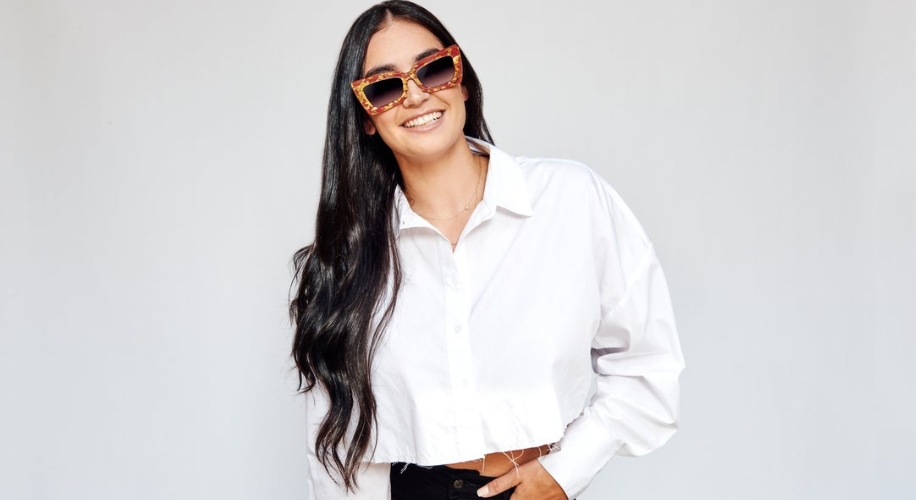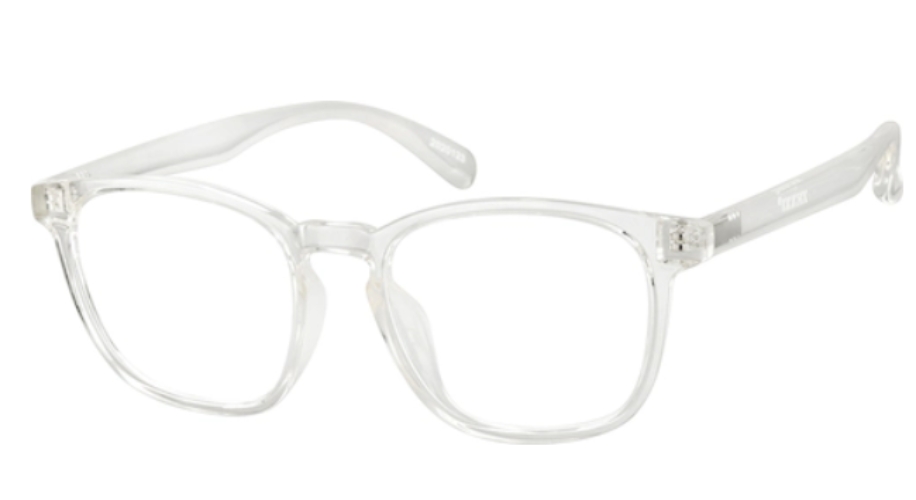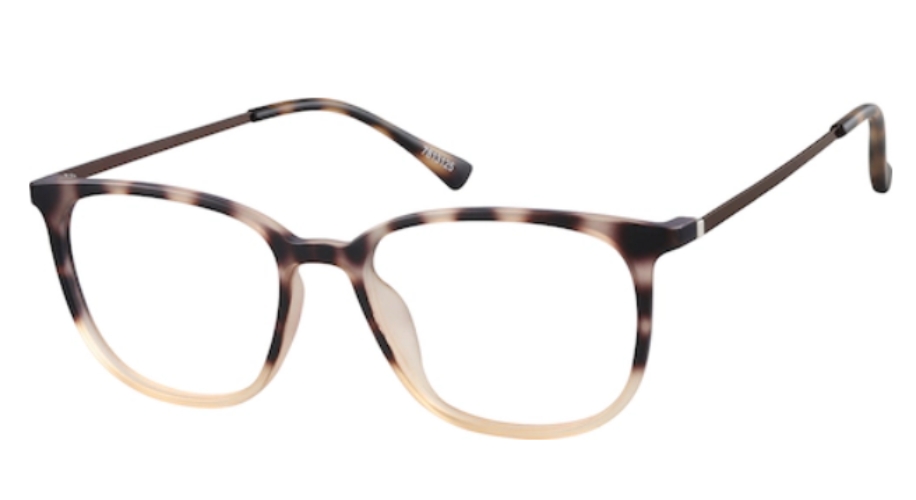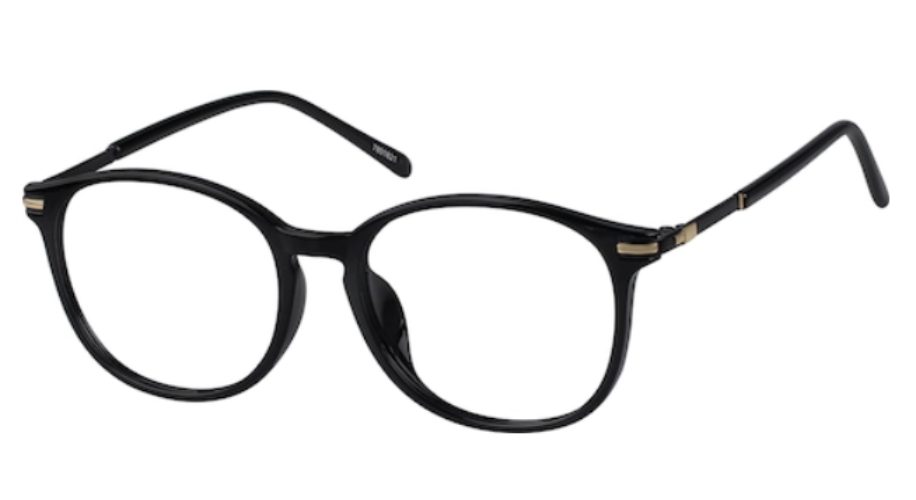Find Your Perfect Low Bridge Glasses

When selecting eyewear, fit is just as crucial as style. Especially for those with a low nasal bridge, it’s important to choose glasses that are not only fashionable but also comfortable and secure. Low bridge glasses are specifically designed to cater to this need and ensure a snug fit that minimizes slipping and pressure on the nose. Let’s explore how to pick the ideal pair for your unique features.
Understanding Low Bridge Fit
Finding the right pair of glasses can be a game-changer for individuals with a low bridge, high cheekbones, or wider faces. Traditional frames often sit too high on the face, slide down, or rest on the cheeks, causing discomfort. Low bridge glasses, also known as alternative fit or universal bridge fit glasses, offer a tailored solution with design features that ensure a more comfortable and flattering fit:
- Nose pads that are larger, more adaptable, and provide extra support.
- A frame tilt that reduces contact with the cheeks.
- A curved temple that accommodates wider faces without pinching.
These design considerations make a significant difference in providing a comfortable wearing experience all day long.
Selecting the Right Frames
While functionality is key, you do not have to compromise on style. With a variety of designs available, including low bridge fit options, you can find the perfect pair that complements your personal style. Here are a few tips to consider when browsing for your next pair of glasses:
- Measure Your PD: Pupillary distance (PD) is the distance between the center of your pupils. Accurate PD is essential for a proper fit and clear vision. Ensure your PD is measured correctly before ordering glasses.
- Consider Lens Shape: The shape of your lenses can enhance your facial features. For instance, round or oval frames can soften angular features, while square or rectangular frames can add structure to a round face.
- Choose a Comfortable Material: Materials like lightweight titanium can offer durability without extra weight, which is especially important for a low bridge fit.
- Try Virtual Try-On: Utilize virtual try-on tools to see how different frames look on your face. This can help narrow down your choices to the ones that suit you best.
Remember, your comfort is paramount. No matter how much you love a pair of frames, they won’t do you any good if they don’t feel right.
Ensuring Optimal Comfort and Fit
Once you have selected your frames, the next step is to ensure they’re adjusted for the best fit. Some adjustments you can make include:
Nose Pad Adjustment
If your glasses are sliding down, the nose pads may need to be brought closer together. Conversely, if the frames are too tight, spreading the nose pads apart can provide relief.
Temple Length
The temples of your glasses should extend straight back to your ears without pressing into the sides of your head. If they’re too tight or too loose, they can typically be adjusted for a better fit.
Frame Heating
Some frames can be gently heated and molded for a more custom fit to your face. This should be done by a professional to avoid damaging the frames.
Ultimately, the right low bridge glasses can transform your eyewear experience from frustrating to fantastic. Remember to consider the key features of low bridge fit, choose a style that resonates with your personality, and ensure they are adjusted correctly for your comfort. With these guidelines, you’re on your way to finding the perfect pair that looks great and feels even better.
About the Author: Dr. Sophia Moh, OD, ABOC
Dr. Sophia Moh, OD, is an optometrist based in the Bay Area, California. She holds a doctorate from UC Berkeley School of Optometry and has worked in various eye care settings, including primary care optometry, general ophthalmology, community health clinics, and Veterans Affairs. Dr. Moh is dedicated to improving global vision health by making high-quality, affordable eyewear accessible to all. She is also a certified American Board Optician (ABO) and actively contributes to optical education through training and lectures.





 Canada
Canada